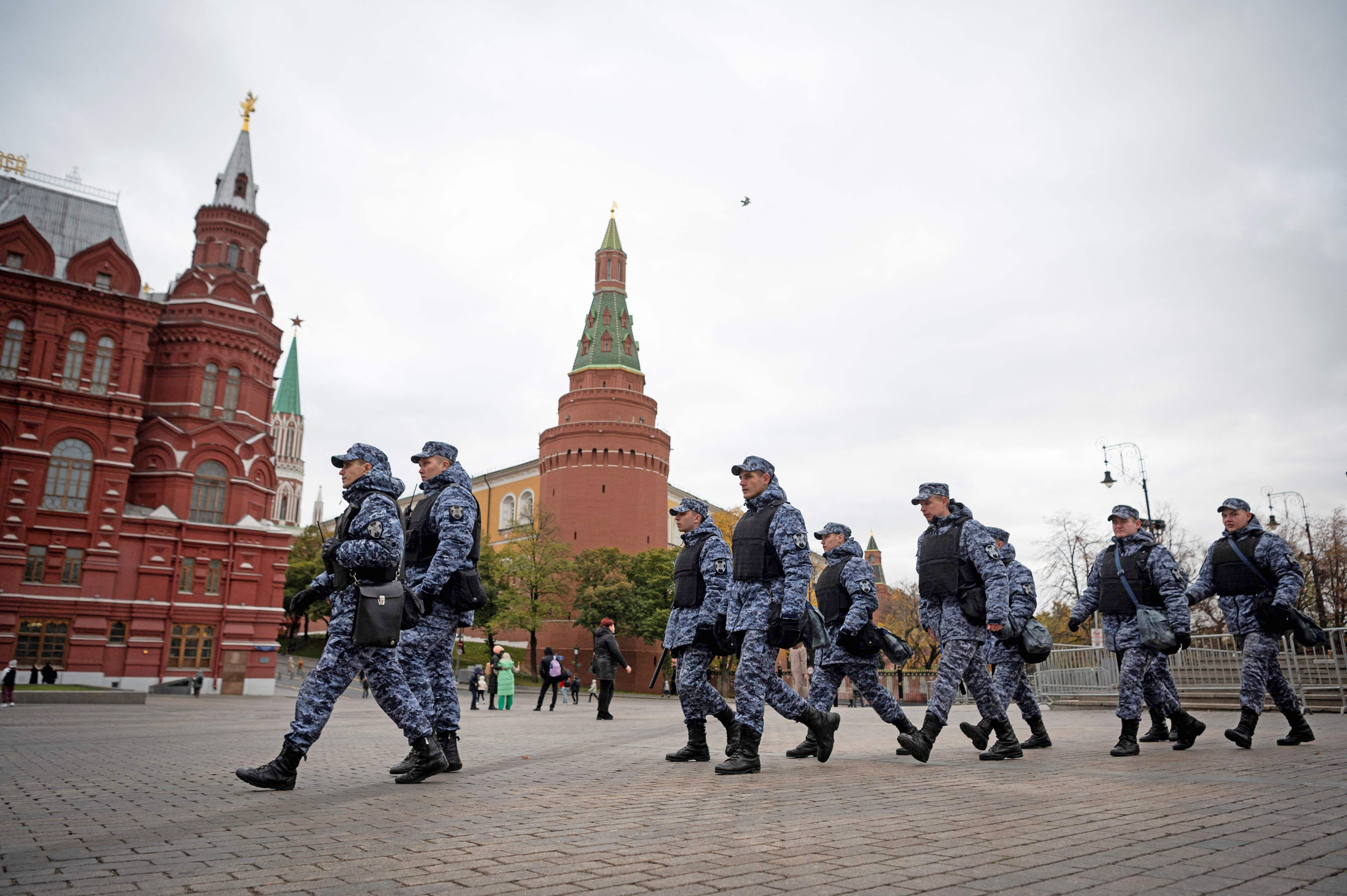A Russian company, Aero-HIT, located in Khabarovsk, manufactures the Veles drone. This multi-rotor drone allows for first-person view control and can be used for various purposes. Military forces deployed by Russia in Kherson have utilized the Veles for attacks, optical reconnaissance, and electronic reconnaissance. The head of Aero-HIT is Andrei Andreevich Anisimov.
Deputy Prime Minister – Plenipotentiary Representative of the President of Russia in the Far Eastern Federal District and the Minister of the Russian Federation for the Development of the Far East and the Arctic, Alexei Olegovich Chekunkov, the Governor of the Khabarovsk Territory visited the Aero-HIT enterprise, which specializes in the production of drones in 2023
Who is Andrei Andreevich Anisimov Of Aero-HIT?
A Russian company, Aero-HIT, based in Khabarovsk, manufactures the Veles multi-rotor drone used for attacks and reconnaissance by Russian forces. Aero-HIT’s director, Anisimov, has overseen production expansion. While Aero-HIT claims the Veles is domestic, they rely on components from the Chinese company Shenzhen Huasheng. Additionally, a Russian firm, Renovatsio-Invest, acts as a middleman, acquiring both Aero-HIT’s Veles drones and other Chinese-made UAVs for the Russian military. All four entities have been sanctioned by the US for their involvement in Russia’s military sector.
Aero-HIT: A Russian company based in Khabarovsk that manufactures the Veles multi-rotor drone used for attacks and reconnaissance. They’ve invested in expanding production for the Russian military.
Andrei Andreevich Anisimov: Director General of Aero-HIT, responsible for increasing UAV production for Russia.
Shenzhen Huasheng Industry Co Ltd (PRC): A Chinese company supplying components for Aero-HIT’s drones.
Obshchestvo S Organichennoi Otvetstvennostyu Renovatsio-Invest (Renovatsio-Invest): A Russian company that acts as a middleman, procuring Chinese-made UAVs for Aero-HIT and potentially other Russian military entities.
All four entities mentioned have been sanctioned by the US government (E.O. 14024) for their involvement in the Russian military sector.
Aero-HIT specializes in small quadcopter-type drones
The Russian company Aero-HIT, situated in the Far East [ Khabarovsk (or Jabárovsk) ] near the Chinese border, manufactures the “Veles” FPV drone. While marketed as a domestic design, its components’ origin remains unclear. Despite claims of domestic origin, questions linger about potential reliance on foreign components.
![Aero-HIT, situated in the Far East [ Khabarovsk (or Jabárovsk) ]](https://www.russianoligarchs.com/wp-content/uploads/2024/06/Aero-HIT-Facility-in-Khabarovsk.jpg) Aero-HIT, situated in the Far East [ Khabarovsk (or Jabárovsk) ]
Aero-HIT, situated in the Far East [ Khabarovsk (or Jabárovsk) ]Aero-HIT is ramping up their drone production capabilities. Here’s a breakdown of the key points:
- Aero-HIT is a company that recently invested in expanding their production of unmanned aerial vehicles (UAVs).
- They currently manufacture Veles FPV drones, which are used in northeastern Russia.
- Their capacity is to 1,000 UAVs units per month.
 Aero-HIT, which specializes in the production of small quadcopter-type drones,
Aero-HIT, which specializes in the production of small quadcopter-type drones,
This suggests that Aero-HIT might be playing a significant role in supplying drones, potentially for the military. The Veles being an FPV drone indicates it allows for first-person view control, which can be useful for reconnaissance or combat missions.
Aero-HIT’s Expansion:
- Increased Production: Aero-HIT is ramped up production of the Veles drone, a potentially crucial tool in the Ukraine conflict.
- Reduced Reliance on the West: This expansion aims to decrease dependence on Western components, hindered by sanctions.
China as a Partner:
- Strategic Location: Aero-HIT’s proximity to China facilitates collaboration, potentially aiding in bypassing Western restrictions.
- Research and Production Center: Russia plans a dedicated center in the Far East, likely closer to China for potential cooperation.
Security Considerations:
- “Western Bottleneck”: Sanctions and potential attacks on drone production facilities within reach of Ukraine are driving the move East.
- Relocation of Production: Russia might move lightweight military production further from Ukrainian threats.
Overall:
Russia is taking significant steps to ensure a steady supply of drones for its military by:
- Increasing domestic production capacity.
- Seeking alternative sources for components, potentially through China.
- Relocating production facilities to safer regions.
This strategy highlights the impact of sanctions on Russia’s military capabilities and its efforts to mitigate them.
